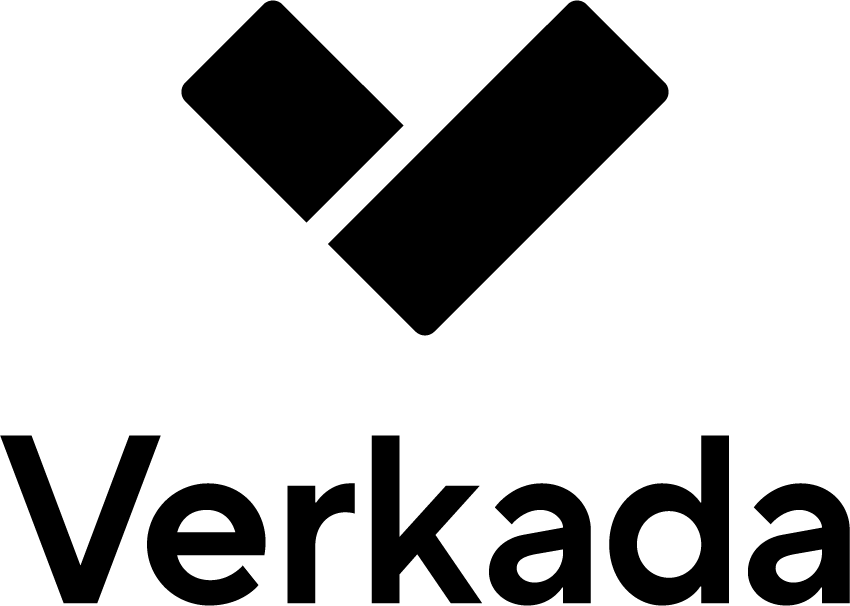Dive Brief:
- The U.S. economy created only 38,000 jobs in May 2016, the fewest since September 2010, the Labor Department said Friday.
- At the same time, the unemployment rate fell from 5% in April to 4.7% in May, its lowest number since November 2007. The change was due in part to an increase in Americans dropping out of the labor force, the Labor Department explained.
- Retailers hired 11,200 new staffers in May, essentially flat compared to April totals. Employment in other major industries, including construction, transportation and warehousing, finance, and leisure and hospitality, also changed little month-over-month.
Dive Insight:
Struggling to make sense of May’s jobs report? You’re not alone. According to a Dow Jones survey, analysts projected gains of 155,000 jobs and anticipated the unemployment rate would drop just 0.1 percentage point to 4.9%.
“This just does not square with all the other things we’re seeing in the economy,” Gus Faucher, chief economist at PNC Financial Services Group, told the Washington Post. “This is no reason to panic, and I still think the fundamentals remain solid.”
The juxtapositions and contradictions in the May report also make it more difficult to assess the short-term pace of job losses in retail and other embattled industries, The Street notes.
Average hourly earnings for all employees on private non-farm payrolls increased by 5 cents in May to $25.59, following an increase of 9 cents in April. Over the year, average hourly earnings have risen by 2.5%, the Labor Department adds.
The retail sector deserves some credit for the hourly earnings hike. In mid-April Target raised its minimum starting wages $1 to $10 per hour, a month after Costco announced it's boosting its minimum starting hourly pay $1.50 to $13. Wal-Mart last year said it would raise its minimum wage to $10 for most of its employees, and retailers from Gap Inc. to TJX have also bumped up wages in recent years.
Experts continue to debate the impact of wage increases on the retail segment. With the rise of e-commerce translating to growing demand for warehouse space, a recent report from real estate brokerage CBRE states that a $1 increase in average hourly wages will boost warehouse operations costs by at least $1 million a year.
But roughly a year after Seattle implemented its $15 minimum wage ordinance, a recent study commissioned by the city and conducted the University of Washington shows that fears of rising prices (including retail prices) by and large haven’t materialized. After surveying employers and workers and scanning Seattle-area commodity and service prices, researchers at UW's Evans School for Public Policy & Governance found “little or no evidence” of price increases relative to other communities.













